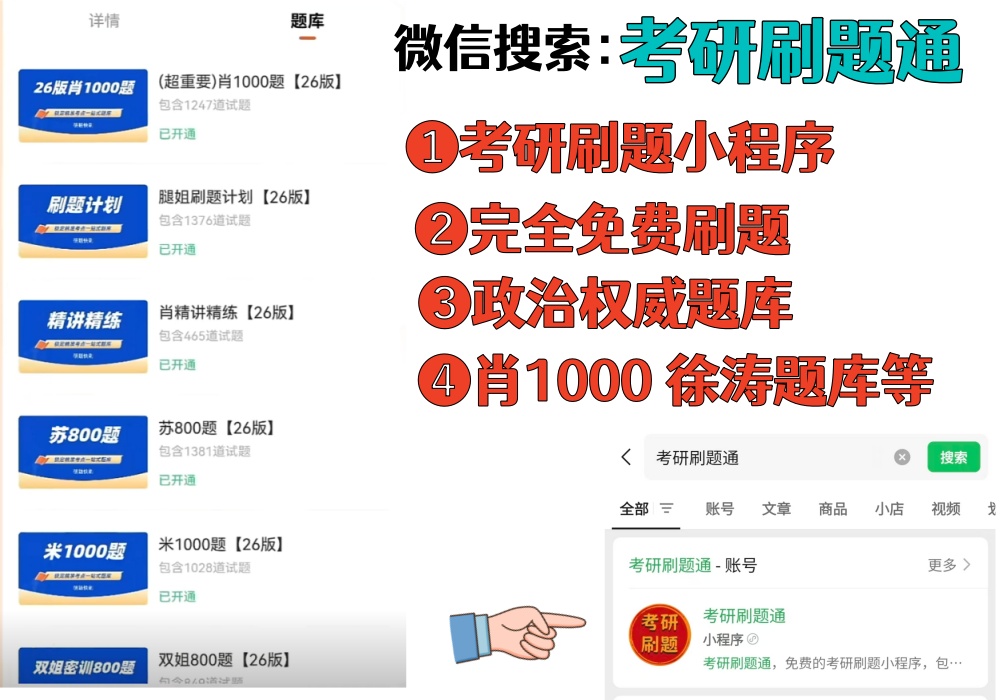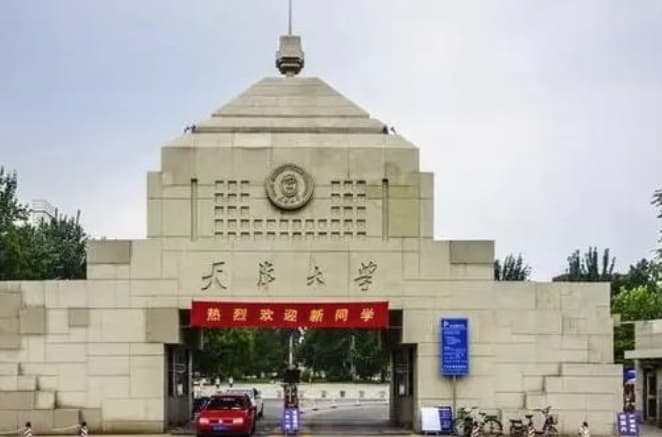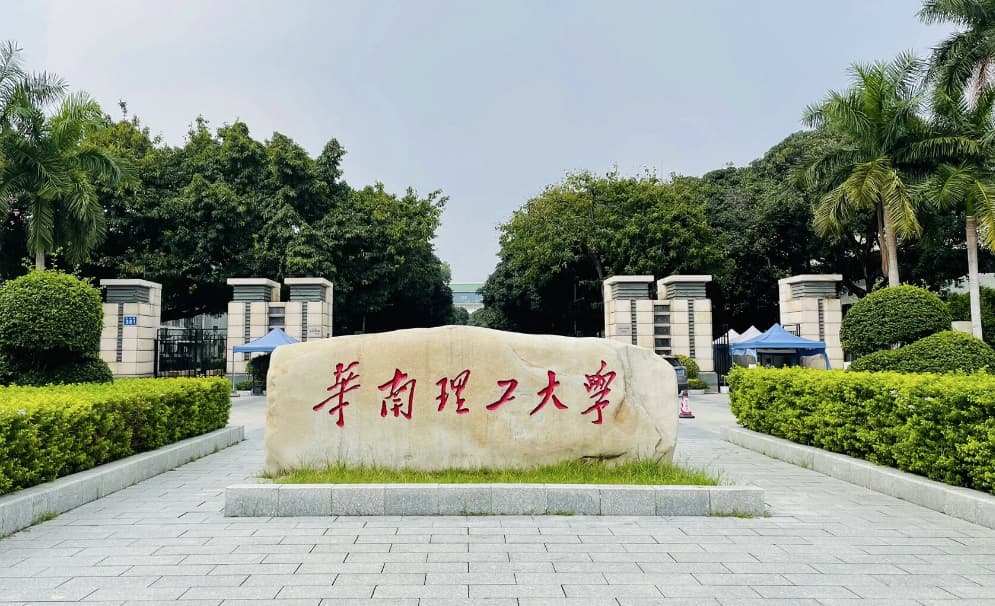Cracking the Code: Essential FAQs on English Translation for Postgraduate Entrance Exams
Preparing for the English translation section of postgraduate entrance exams can feel like navigating a labyrinth of complexities. With a mix of linguistic nuances, cultural contexts, and exam-specific demands, candidates often find themselves grappling with doubts. This guide aims to demystify the process by addressing common queries in a clear, conversational manner. Whether you're a first-time test-taker or refining your skills, these insights will help you approach translation challenges with confidence. We've compiled a selection of frequently asked questions, ensuring you get the support needed to excel. Let's dive into the world of translation and turn those uncertainties into stepping stones for success.
1. How Can I Improve My Accuracy in Translation Tasks?
Accuracy is the cornerstone of effective translation, especially in high-stakes exams like the postgraduate entrance tests. Many students wonder how to bridge the gap between literal word-for-word translation and capturing the true essence of the source text. The key lies in understanding that translation isn't just about swapping words—it's about conveying meaning, tone, and context. Start by building a robust vocabulary and familiarizing yourself with idiomatic expressions. Practice regularly by analyzing published translations to see how skilled translators handle challenging phrases. Remember, idioms and cultural references often don't have direct equivalents, so it's crucial to think creatively. For instance, if the source text uses a cultural metaphor, explain it in a way that resonates with the target audience. Additionally, pay attention to sentence structure: while English prefers subject-verb-object, some languages might place modifiers elsewhere. Practicing with diverse texts and seeking feedback from peers or mentors can also help. Don't shy away from using translation tools, but always cross-check to ensure they align with your understanding. Lastly, time management is key—practice under exam conditions to learn how quickly you can deliver precise translations without sacrificing quality.
2. What's the Best Approach for Handling Technical or Specialized Texts?
When it comes to technical or specialized texts, the stakes are higher because inaccuracies can lead to misunderstandings in fields like medicine, law, or engineering. Many candidates struggle with how to approach these texts without overcomplicating their translations. The secret is to strike a balance between precision and readability. Begin by thoroughly researching the subject matter to grasp the terminology and concepts. If you're unfamiliar with a field, consult academic papers or professional dictionaries to build your knowledge base. Next, identify key terms and their most appropriate translations. For example, in scientific writing, "photosynthesis" and "photosynthesis process" might refer to the same idea, but one is more concise. Always prioritize the term that best fits the context. Break down complex sentences into simpler structures to make them easier to understand. This isn't just about readability—it's about ensuring the reader can follow the logic without getting lost in jargon. Practice with past exam papers that include technical passages. Notice how successful translations handle specialized vocabulary without sounding unnatural. Also, pay attention to formatting: technical texts often use bullet points or numbered lists, so mirroring this in your translation can enhance clarity. Remember, the goal is to make the information accessible to someone who might not be an expert in the field.
3. How Do I Effectively Use Translation Tools Without Compromising Quality?
Translation tools like Google Translate have become indispensable, but relying on them blindly can lead to awkward or incorrect translations. This is a common concern among students who want to leverage technology without losing their edge. The trick is to use these tools as assistants, not saviors. First, understand the strengths and weaknesses of each tool. For example, while Google Translate excels at common phrases, it might falter with nuanced idioms or cultural references. Start by translating the entire text using a tool to get a general sense of the content. Then, go through it line by line, making manual adjustments where the tool falls short. Pay special attention to idioms, slang, and cultural specifics. For instance, a literal translation of "break a leg" might leave the reader confused. Instead, explain it as "good luck." Always double-check the grammar and fluency of the translated text. Reading it aloud can help you catch awkward phrasings. Practice with different tools to see which one aligns best with your needs. Also, consider using specialized translation software for technical texts, as these often have more accurate dictionaries and glossaries. Remember, the best translations blend human judgment with technological efficiency. By treating translation tools as starting points rather than endpoints, you'll maintain control over the quality and authenticity of your work.


.jpg)
.jpg)

.jpg)
.jpg)
.jpg)
.jpg)
.jpg)
